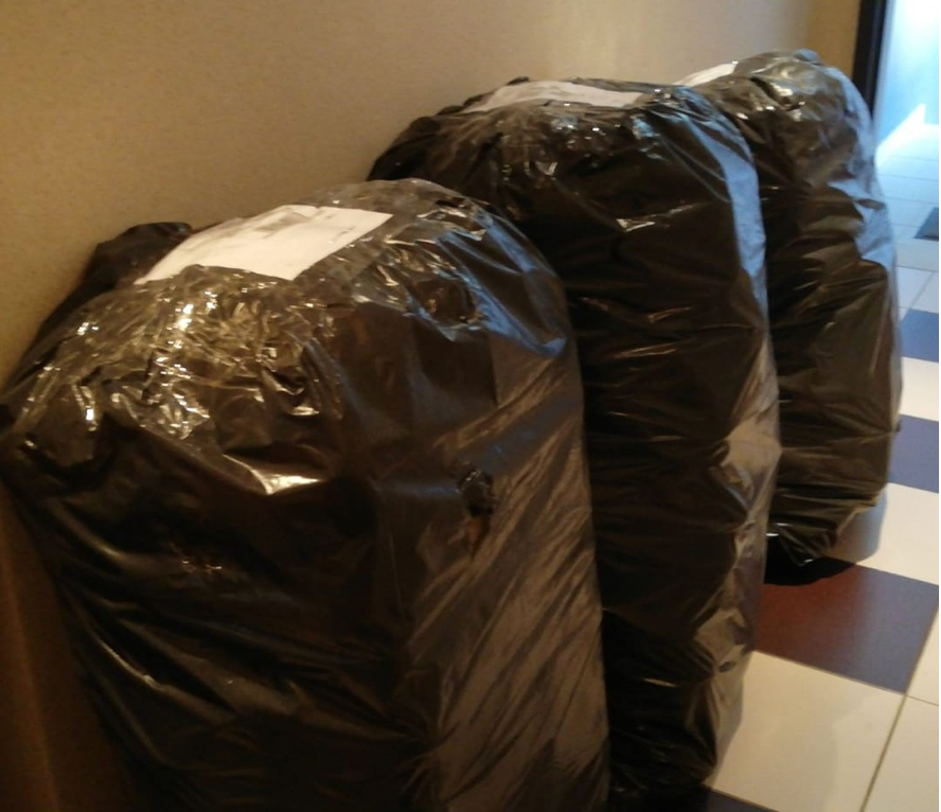Identifying the object’s measurements
For the purposes of calculating the volumetric weight, the measurements required are the linear measurements of the length, width and height of the object obtained by their maximum projections on a plane.
Thus, for these measurements the maximum straight measures of each orientation are considered.
This way, for example, in the case of apparently square boxes of little resistant material, when filled, their faces tend to bulge, so the maximum measures will be a few centimetres higher than the measures obtained only at their edges.
Labels, glue tape and other materials outside the packaging may also increase the size of the object by a few centimetres. The twines commonly used in the process of packaging objects tend to be only a few millimetres thick, but can easily reach 0.5cm, thus adding 2cm to the overall dimensions.
The windows with the documents and labels when badly applied, or when the documents have several folds, can easily lead to an increase of 1cm in the total dimensions of the packaging.

As you can see, there is a slight bulging in the boxes, added the wrapping film wrapped on this side.The measures of the box indicated by the supplier are 70x50x40cm, however the audited measures were 69X52X43cm.
When calculating the value of the volumetric weight, instead of the estimated 28kg, 31kg were charged.

The glue tape surrounding the packaging creates extra volume.
Another possible example is bags because determining the maximum measurements on these objects is particularly difficult, as the shape of the bag is easily changed depending on the position of the object inside the bag and its ability to expand.
It is also important to consider that normally the bottom of the bag is linear and rigid making this the maximum measure even if the rest of the bag does not reach it.

Bags with a very misshapen shape mean that the maximum measurement of width and depth cannot be obtained from the circumference, but rather from the projections on the scoreboard.

Also the width obtained by the circumference is substantially smaller than audited because the tip of the base of the codend is substantially larger.